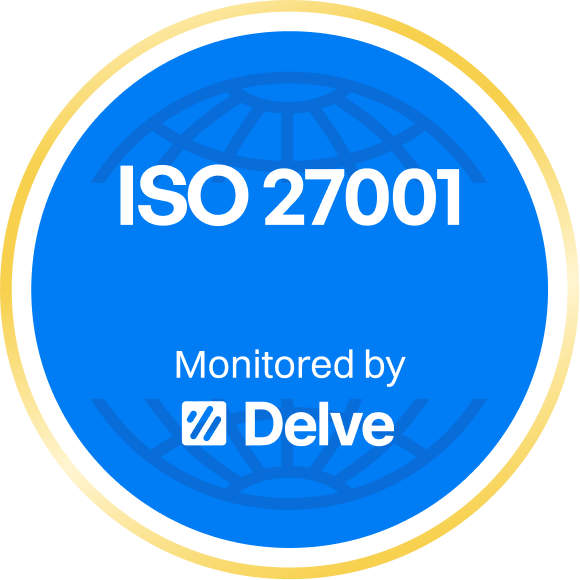
Payment Card Fraud Data: Stats for Issuers
Across the payment fraud ecosystem, there’s a lot of data about the state of card fraud, why it’s rising and how it’s changing. What’s not always easy to do is track relevant data as it enters the market. After all, data changes as quickly as the speed of fraud evolves.
To help keep issuers up to date with what stats are dominating the market, we’ve gathered data from recent studies across the market to show what threats are most prevalent, what issuers should be tracking and why they need to be detecting and stopping the spread of fraud faster than ever.
Credit Card Fraud Data: E-commerce Draud Loss Nears $60B; Account Takeovers Up 45 Percent
The October 2017 Global Fraud Index report from Pymnts and Signifyd studied e-commerce sites across eight industries to conclude the amount of fraud annually across these markets has totaled $57.8 billion. Overall, that’s a 5.5 percent increase when comparing the second quarter of 2017 to 2016’s figures. Industry data suggests CP fraud is decreasing, but those figures are being offset by rapidly-rising CNP fraud that’s occurring as more spending shifts online.
What the study also indicated is that account takeovers in the second quarter of 2017 rose 45 percent from the same quarter a year prior. The study highlighted another key trend: Fraudsters targeting higher-value accounts. The fraud rate for transactions $500 was 22 times higher than transactions less than $100.
Card Fraud Data: Card Fraud Losses Top $22B; U.S. Accounts for Nearly 40 Percent
Globally, card fraud continues to rise at an alarming rate. Data from Nilson indicated that global fraud losses hit $22.80 billion last year, up 4.4% over 2015. Based on the trends over the past decade, card fraud will continue to rise each year at a similar rate.
Interestingly enough, the U.S. accounts for 23.9 percent of total global purchases and cash volume, but accounts for 39.5 percent of overall gross card fraud loss ($9 billion). Using those same figures, Nilson’s projection for global card fraud is that by 2021, the total figure will balloon to $32.96 billion. By 2025, card fraud losses are projected to top $43 billion, with over $14 billion of that originating in the U.S.
Card Fraud Data: +171M Data Records Exposed In 2017; On Pace To Set Breach Record
The biggest indication for the rising rates of payment card fraud is the amount of data breaches — particularly those across the financial services industry. Data released on October 25 from the ITRC indicates across the banking/credit/financial services industry shows that there have been 70 recorded data breached since the start of 2017. Within that, there have been 2,908,580 records exposed. Across all categories there have been : 1,120 breaches, and 171,611,916 records exposed. By those records, 2017 should far surpass 2016’s figures, which was less than 1,000.
Why Speed Matters In Detecting and Stopping Payment Card Fraud
The reason speed matters most when detecting and preventing the spread of fraud is because by the time networks alert banks which cards are comprised, fraud has likely already occurred. Traditional fraud alert systems that rely too heavily on manual review aren’t fast enough. What banks and credit unions need is software technology that relies on machine learning and advanced analytics to detect fraud patterns in order to halt its impact.
Machine learning can help fraud teams at banks and credit unions be better equipped to get ahead of the problem before it spreads. By eliminating costly, manual processes that are also far less accurate (not to mention far slower), this presents endless benefits for financial organizations. Having the ability to sift through organized data that’s collected using powerful software, instead of relying on a team of data scientists to interpret what accounts have been breached (and which will actually go fraudulent), is the only way to devise sustainable business practices and be fully prepared to fight fraud.
Let's Talk
You have fraud frustrations? We have the solutions. Let's discuss what you are dealing with and we can learn more and share how we can help.




